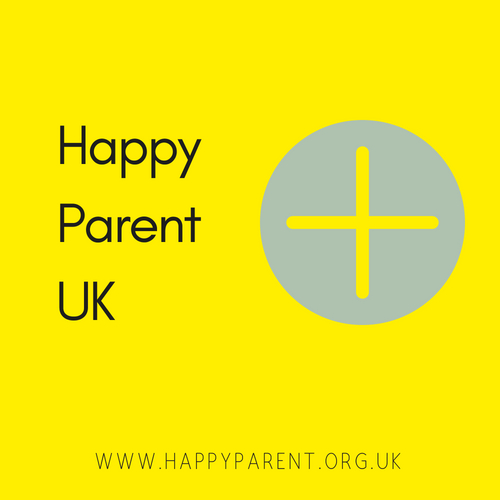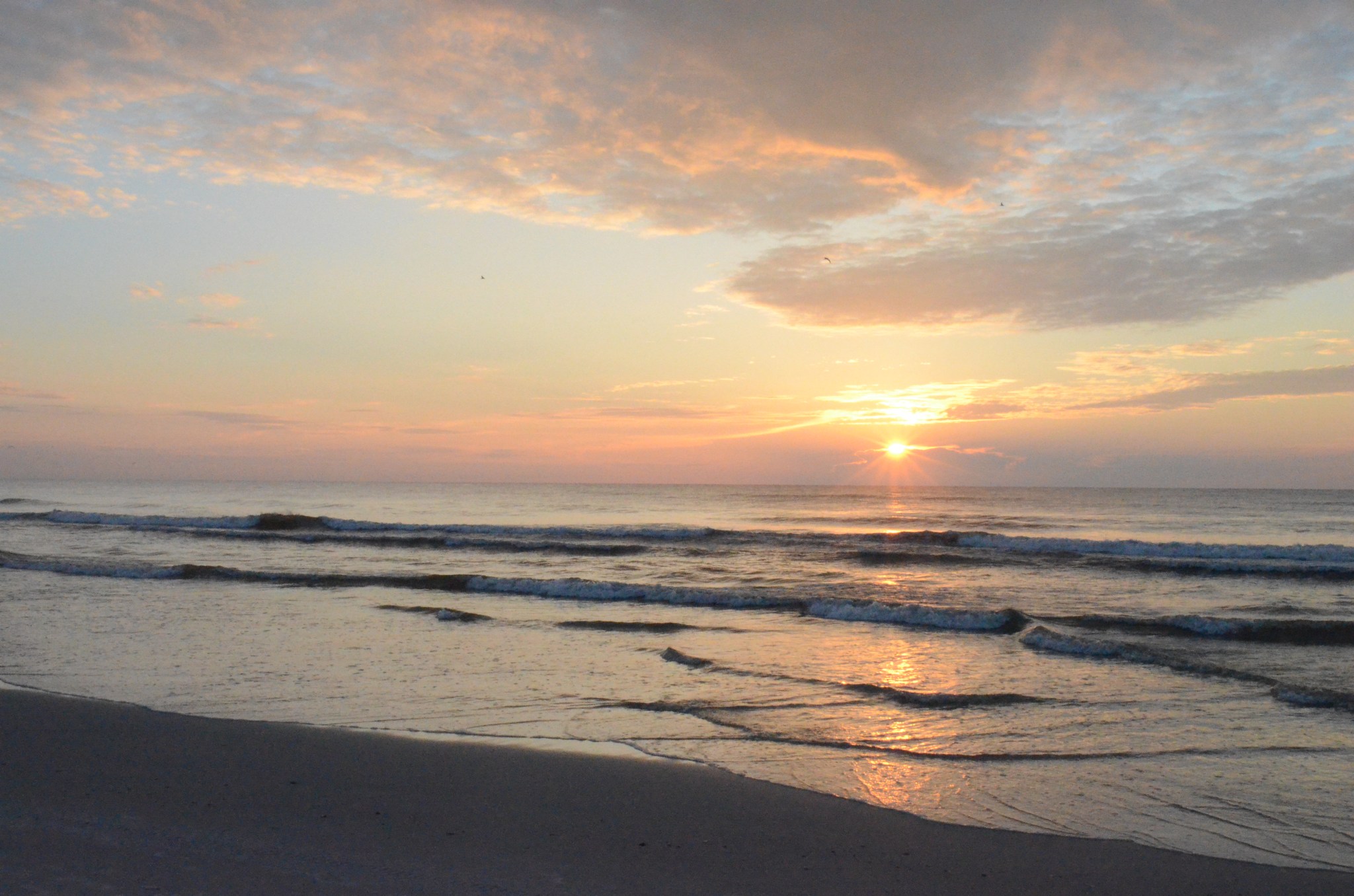So if you’re like me, you are simultaneously sick and tired of talking about COVID-19 and disinterested in anything else. Here in a suburb of London, my life is unrecognisable because of it. So I thought I’d share some of the tricks I’m learning to make this weird time in my life more manageable.
Find a new routine
We know young kids benefit from routines, but bearing in mind they are just smaller people, it makes sense to apply the same logic to ourselves. Going to bed at the same time each day, waking up, eating meals at set times – it gives shape to the day and provides a welcome feeling of normality in an otherwise anything-but-normal time in our lives.
During the week, I’ve tried this and it’s been really helpful. I wake up at the same time as usual, make breakfasts for myself and the kids, have my breakfast and coffee while watching one cycle of BBC Breakfast (making sure to turn it off when the stories start repeating). I log in at the same time for work, then break to do my PE with Joe “the Body Coach” Wickes on YouTube, work some more and get my son started on his school work at the table next to me. I am trying to eat lunch at the same time as usual and finish work on time. Then it’s dinner, baths, bedtime stories, kids asleep (at their usual time), and an hour or so of TV and conversation with my husband – much like our pre-Covid-19 lives.
Have a purpose (or several)
I’ve written previously about what psychologist Paul Donan has termed the “Pleasure Purpose Principal”, which basically says everyone needs pleasure and purpose for well-being. Different people have a different ideal mix – my husband responds well to more pleasure where I really thrive on purpose – but we all need a mix of both.
I would hypothesise that at this time, most of us could probably benefit from dialling up the purpose element, as we are in a very disempowering position, held hostage by an invisible virus. Anything we can do to counterbalance the disempowerment by feeling impactful and empowered is a great antidote. For me, I have become involved in my local mutual aid group, which partially means moderating the Facebook group and partially linking up requests with an amazing group of local people who have volunteered. I’m checking in with my elderly neighbour who is shielding. And I’m volunteering to do pro bono coaching for people struggling with this as part of a coaching collective that has formed during this crisis.
I’m also crafting my day job so I am doing specific, concrete things to help people. I work for an HIV charity, so I’ve been focused on providing reassuring information and support to our supporters, many of whom are living with HIV themselves and feeling frightened or unsettled, even if they aren’t amongst the list of people who are particularly vulnerable. But I’ve also found a sense of purpose supporting my colleagues – which is relevant for just about anyone, regardless of what sector we work in or what our companies do.
What would give your days a sense of purpose and impact right now? Maybe it’s spending more time with your kids. Maybe it’s your day job, working remotely. Maybe it’s volunteer work. Maybe it’s a creative project – to start writing that novel, paint your masterpiece, or work on that side hustle you had in mind. Don’t worry about other people and don’t judge them or yourself – focus on what will give you purpose.
Connect, connect, connect
I don’t know about you but this is reminding me that I actually really like people. I normally have to be careful about carving out time to be alone, and that’s still the case to an extent as I’m now constantly surrounded by my family. But I am also finding it helpful to be deliberate and intentional about connecting with people.
During the work week, I’m in pretty regular Zoom meetings, and have been making sure to have some chit chat in these calls. We have a workplace (i.e. Facebook for the office) that I’ve been interacting with everyday, to help replace the chats in the office kitchen.
Outside of work I’ve been busy with a WhatsApp group of two of my friends, checking in with another friend via WhatsApp, active on Facebook (which I usually eschew to a large extent), and connecting daily with the other Mutual Aid volunteers. I still skype my parents once a week. This all adds up and means I feel part of a community and connected with others.
A key part of the strategy for me has been little and often. WhatsApp and Facebook are not the same as a video call, and a video call is not the same as being together in person. So I’m trying to set up more zoom drinks and house party sessions with friends and family, which combined with the mutual aid group zoom meetings and my local Quaker Meeting via Zoom of a Sunday morning and all the WhatsApp and Facebook conversations means I have a rich and varied socially distanced social life.
How can you connect with others? Which people or communities are best to connect at more depth, like using zoom, and which are fine to WhatsApp with or interact on Facebook? Enjoy the variety – it’s horses for courses.
Interact with nature
I’m fortunate to have a garden, so during the work week I’ve made a point of taking a half hour lunch break sitting with my salad in the garden. But even without a garden or when the weather turns from the brilliant sunshine we enjoyed last week, there are ways to have nature in our lives.
You can crack the windows to allow fresh air into your home (even if it’s grey and raining). Light a natural candle or diffuse some essential oils to bring some natural smells into your space (more on this below). Enjoy plants in the home (more in this below as well). Even substitutes like natural white noises or a picture of natural settings have been shown to help people recover faster in hospitals.
On house plants: I’ve invested in more houseplants with some of the money I’m saving with our nonexistent childcare (our nursery has been brilliant and isn’t charging us during their closure, as well as the afterschool and breakfast club at my other child’s school). I’ve also replanted some of my spider plant’s babies so we have plants dotted all around the house. This helps clean the air and is subtly soothing. I also “splurged” a whopping £5 on flowers at Lidl when I did my grocery shop, so we have some beautiful cases of flowers. It doesn’t have to be much to feel quite different.
On essential oils: if you have an oil diffuser, great, but if not, you can put a few drops of oil in a mug and add boiling water (note boiling not boiled). This diffuses surprisingly well. If you have a hot plate or a drip coffee maker with a warming plate where the carafe sits, you can place the mug in that for even longer lasting diffusion.
Get into your body
Our brains are on survival mode and dealing with a lot of bizarre shit right now. Getting into our bodies and switching off our brains can help immensely.
One way to do this is exercise, which is of course healthy to do anyway. Yoga with Adrienne or PE with Joe Wickes are both free on YouTube and require no special equipment. In the UK we’re allowed one exercise outdoors a day, so now’s a great time to get into running if you’re not already, or to cement a “run every day” routine.
But another way to get out of our heads and into our bodies is breath work and mindful meditation. I have completely fallen out of this practice, but recently trying a breathing mediation I realised I had been shallow breathing for days. The stress and uncertainty of this whole situation had meant I hadn’t been breathing as deeply and calmly into my lungs. Even a short session of mindful breathing left me feeling exponentially calmer.
A quick way to breathe mindfully: breathe in and out normally and naturally. Don’t force your breathing. Pay attention to the feeling and sensation of the in breath, where it switches from in breath to out breath, and the sensations of the out breath. When you notice you’ve been distracted by thoughts (more “when” than “if”), return to the sensations of the breath. That’s it. Do that for as long as you can.
Be kind to yourself
Lastly, be kind to yourself. This is stressful. We’re in unprecedented times. We’re balancing home schooling, parenting in challenging circumstances, and working our day jobs with kids (sometimes literally) underfoot. It’s a global situation – there is nowhere to go that isn’t affected, or won’t be soon. That’s a challenging situation to be in.
We may need to nap during the day, or take it easy when we get the chance. Despite best laid plans to do loads of online courses to better myself during this time, or read more books, or watch better television as opposed to rewatching episodes of Brooklyn Nine-Nine (or now, Tiger King – oh my lawd!), I am often spent at the end of the day. I just want to switch off and scroll mindlessly through Facebook. During my lunch breaks out in the garden, I’ve found myself unable to do more than look at the signs of spring and listen to the birds. I’m feeling tearful less frequently than week 1, but am still choked up about once a day.
This is okay. Do what feels good. Pay attention to what does not feel good. We’ll get through this.


